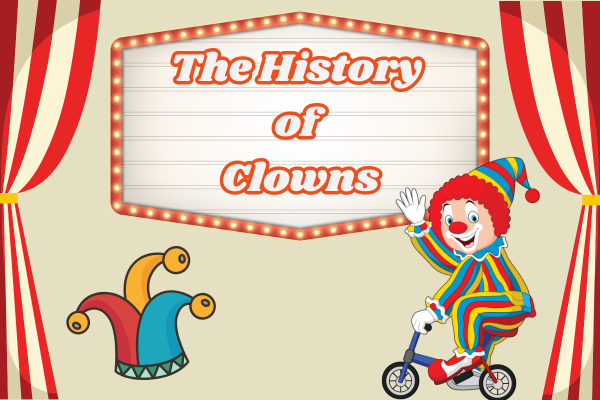The history of clown performances dates back all the way to 2270 BC from a nine year old Egyptian pharaoh. Clowns represent a rather interesting history that spans several centuries long. Their early signs could be traced back to ancient times. Clowns were seen in Roman theater, while later forms appeared in the Italian Renaissance with famous characters known as Harlequin and Pierrot. These comic characters often represented commentary on social issues through humor.
During the 19th century clowns became rather standardized into circuses as they developed a particular variety of slapstick and colored garb that included well-known figures such as Emmett Kelly and Bozo the clown. As time went on, clowns morphed into many popular culture roles that extend from being seen as jolly or happy entertainers to characters sometimes used to unsettle in reflection to the shifting societal views on what is humorous and what is entertainment.
The concept of clowns has really changed over the years, accommodating more sensitivity and cultural changes. The modern clown does not lean on traditional gimmicks, instead they push more towards physical comedy and in a variety of ways, including storytelling and improvisation. A lot of contemporary clowns are into the idea of emotional connections by using character development to resonate on deeper levels. New forms of clowning, such as clown therapy or circus arts, underpin a direction toward creativity and emotional well-being.
Moreover, on the screen or in any other type of media, clowns come in huge variations; there are those perceived as playful characters, while others adopt darker and sinister roles. This shows how the view of clowns has grown to include both nostalgia and deeper thought in their role of entertainment.









